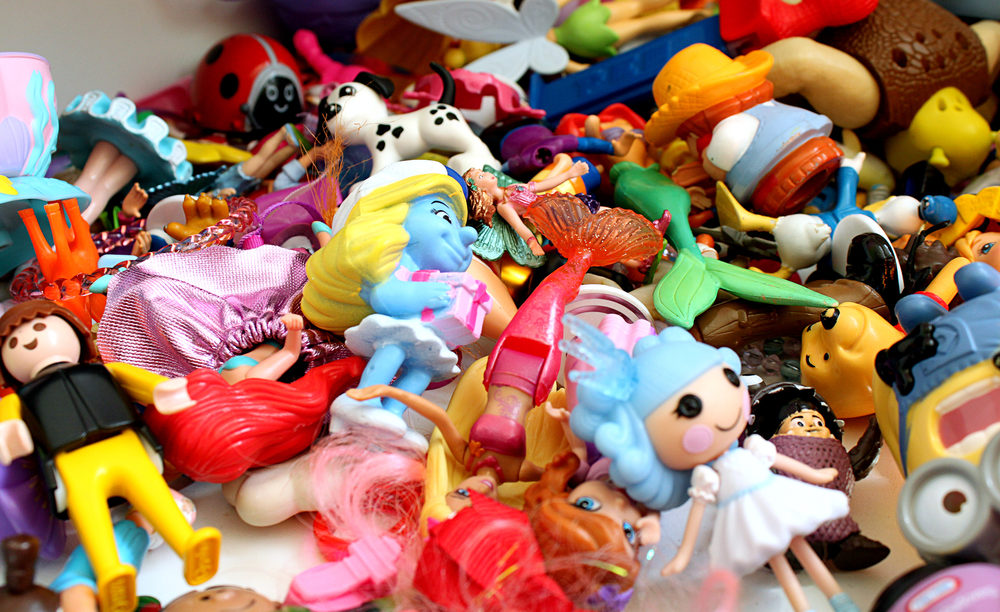Dangerous Chemicals Found in Children’s Toys More Often Than Adult Sex Toys: Study

Children’s toys contain harmful chemicals more often than adult sex toys, according to the findings of new research that raises concerns about the safety of many kids toys.
In a study published by the Swedish Chemicals Agency, less than two percent of sex toys in Sweden are made with dangerous chemical substances, compared to more than 15% of children’s toys that contain the harmful chemicals.
The Swedish Chemicals Agency inspected 44 sex toys from 16 different companies sold on the Swedish market. Most sex toys tested were from a lower price category, many made of soft PVC plastic or were electrical devices. Sex toys tested included dildos, vibrators, anal plugs, hand cuffs and inflatable dolls.

Did You Know?
Millions of Philips CPAP Machines Recalled
Philips DreamStation, CPAP and BiPAP machines sold in recent years may pose a risk of cancer, lung damage and other injuries.
Learn MoreResearchers tested the products for phthalates, short chain chlorinated paraffins, azo dyes, nickel, lead, other metals, and flame retardants that are restricted for use in consumer products in Sweden.
The study highlights how the sex toy industry was surprisingly clean of harmful chemicals. They compared the findings to another recent chemical testing project conducted in 2015 on children’s toys, during which the Swedish Chemicals Agency found 15% of children’s toys tested positive for restricted chemicals, including lead. Another chemical testing project conducted in 2016 tested low-price electrical products, finding 38% of products tested positive for harmful chemicals.
Among the 44 sex toys tested, only one tested positive for restricted substances above the safety level. The product was a dildo made of soft PVC plastic. It contained short chain chlorinated paraffins. The company later voluntarily ceased selling the product.
Three products contained a phthalate known as DEHP in a concentration above 0.1 percent. The products were made of artificial leather and one was a bondage tape. DEHP isn’t a restricted chemical, but it is part of the European Union’s candidate list of substances of very high concern.
DEHP can interrupt the balance of hormones in the endocrine system and harm reproductive functioning. Four of the sex toys tested used antibacterial products in the manufacturing, but the labels did not indicate they were antibacterial.
Overall, only two percent of the sex products tested positive to have harmful or forbidden chemicals and none of the electronic products contained harmful chemicals.
More sex toy products fulfilled the chemical restrictions than any other products tested by the Swedish Chemicals Agency.
Researchers say this makes sense since sex toys are used close to or within the body, they require safer chemicals to be used in the manufacturing. However, they did say it was unclear why children’s toys contain more harmful chemicals. They speculate it could be because many children’s toys are imported from Asia, where manufacturing standards and safety regulations are hard to control.
“It is positive that most of the products have passed the inspection without complaints, even though sex toys may contain harmful chemicals,” says Frida Ramström, Inspector at the Swedish Chemicals Agency. “Our investigation indicates that companies in other sectors can learn from the work of sex toy companies on chemical issues.”
Get more articles like this sent directly to your inbox.
"*" indicates required fields





0 Comments